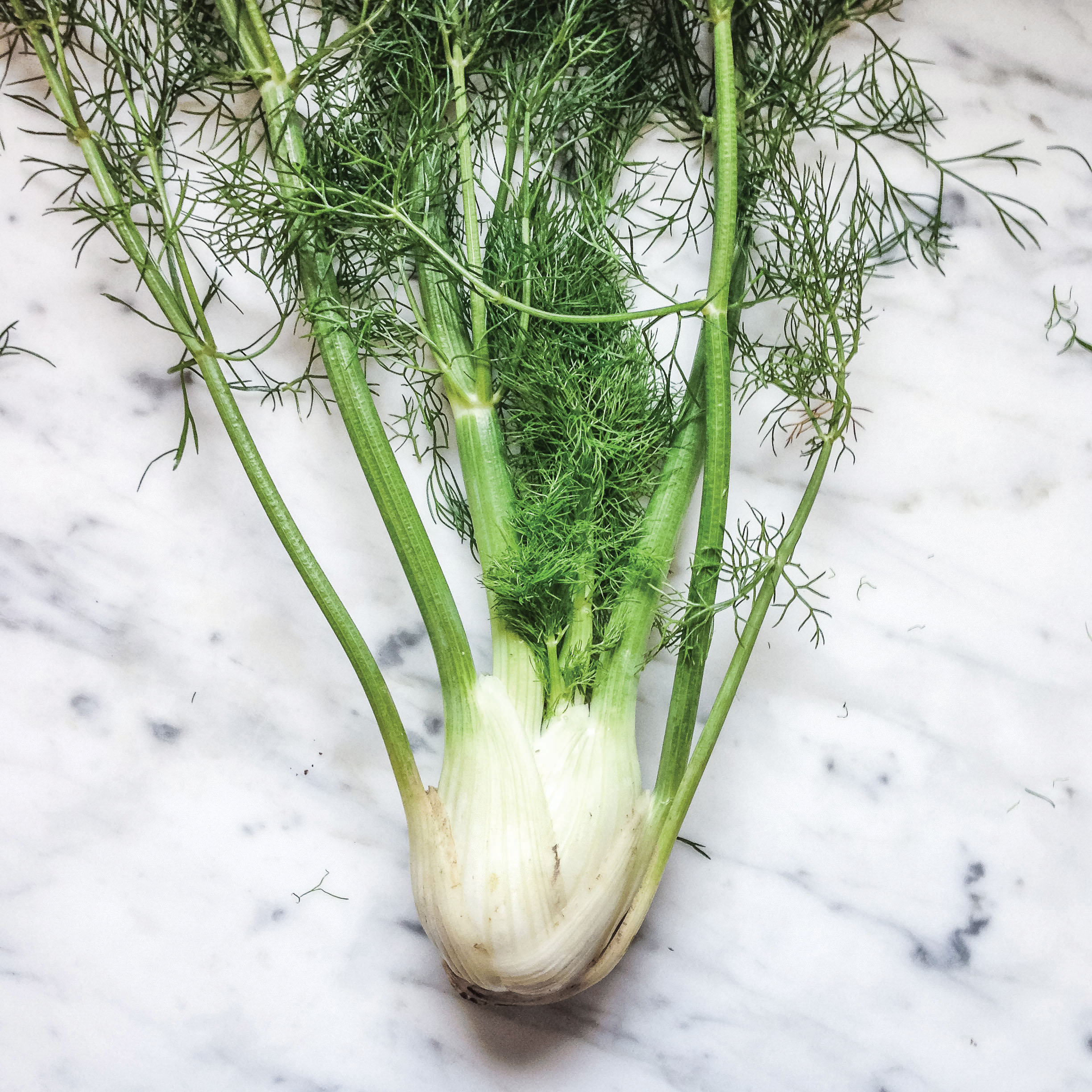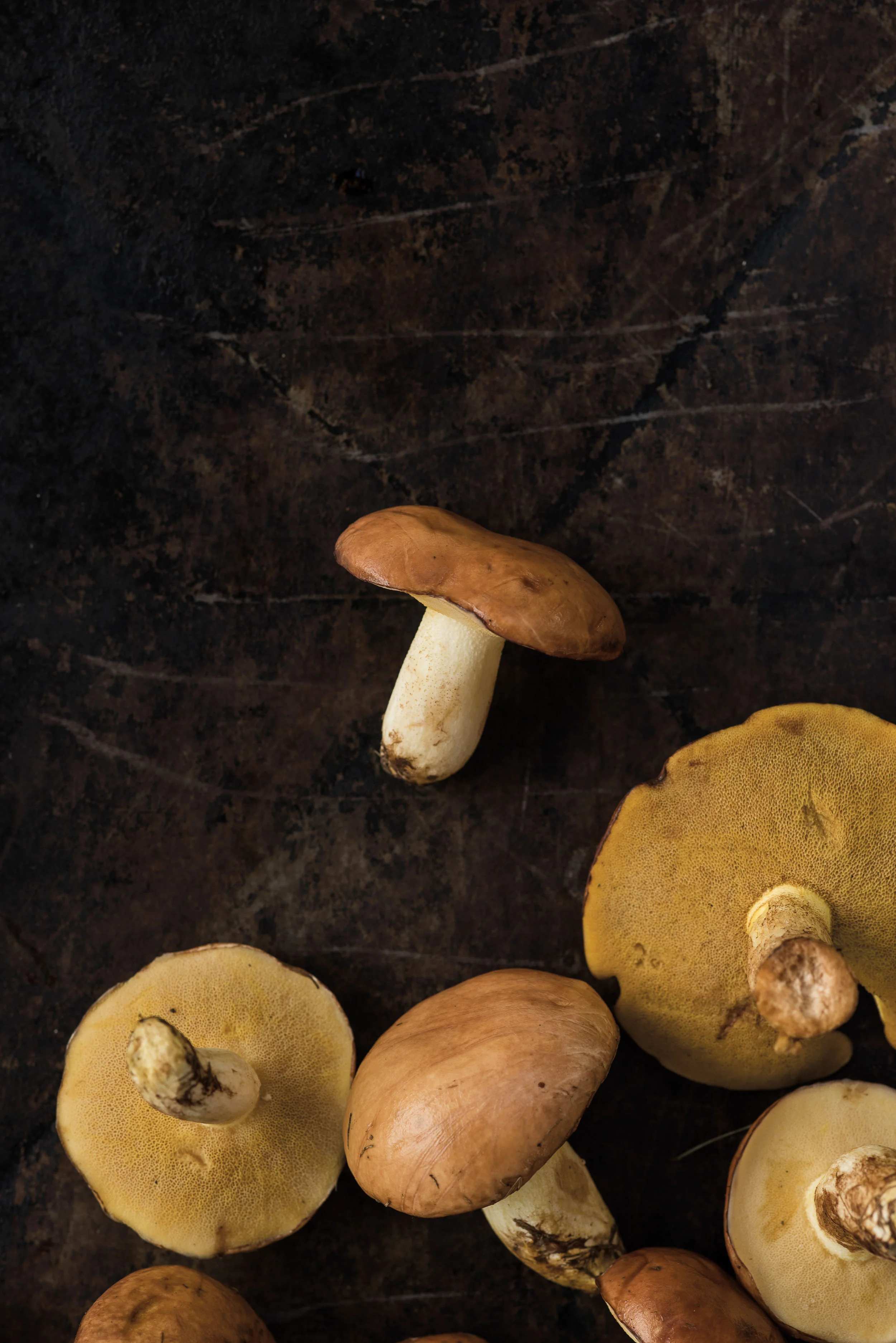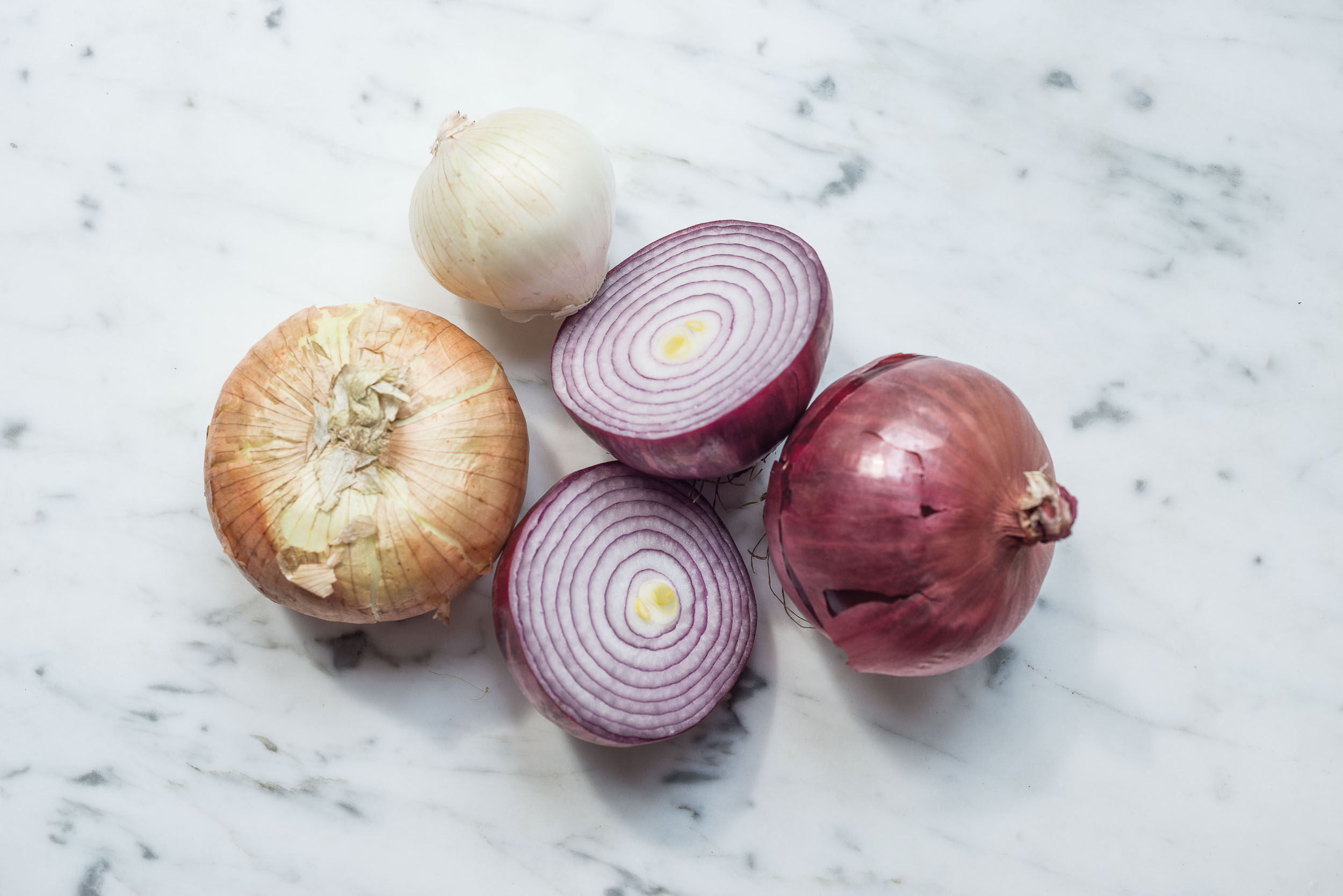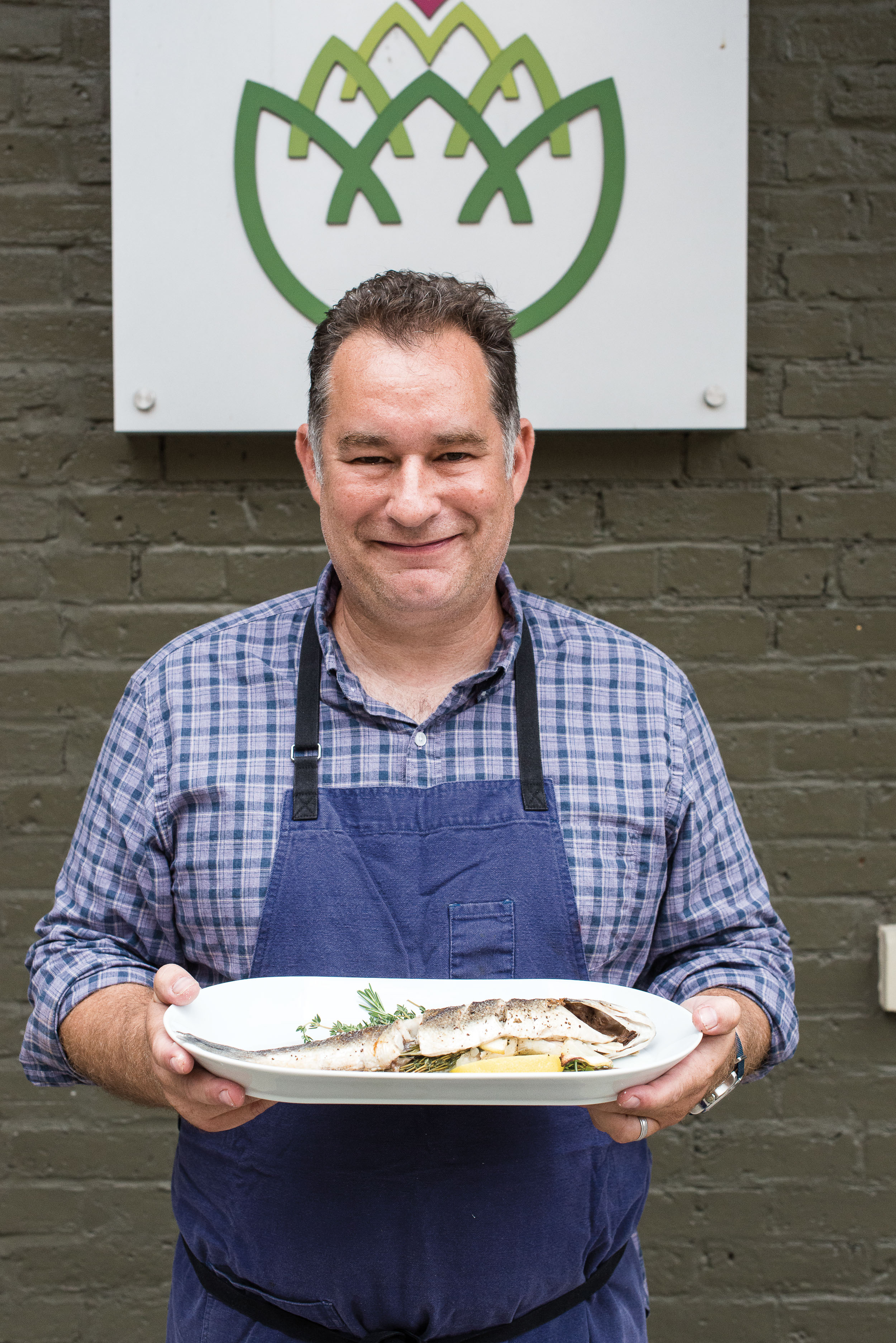One Ingredient: Eggs
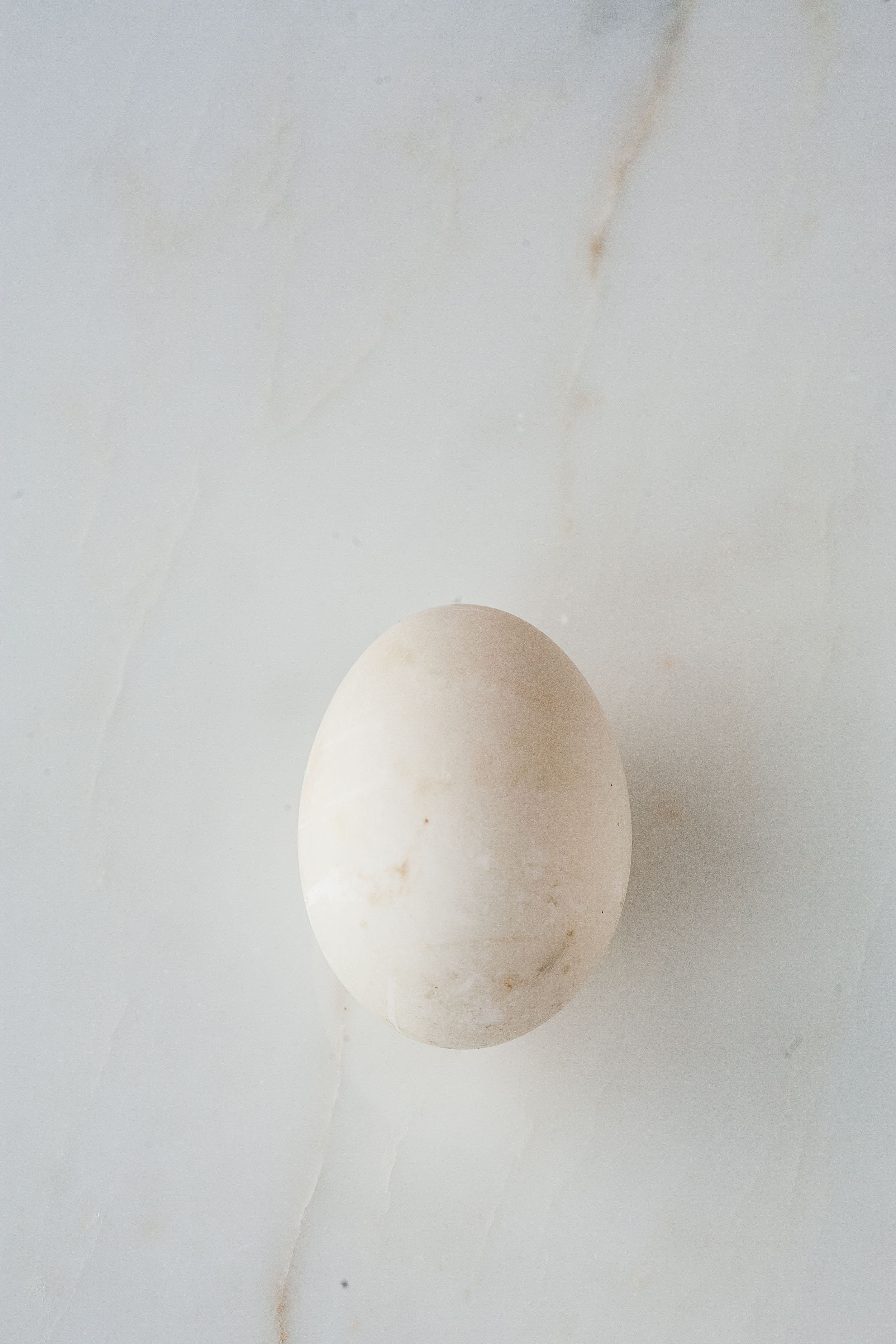
Eggs are having a moment. No wonder: They’re delicious & good for you.
Food marketers over the years have trumpeted bananas, milk, and beans as “nature’s perfect food.” While it’s hard to make the case that any food is “perfect,” we’re casting our vote for the humble egg.
Eggs are having a moment: They’re fried and settled atop burgers, pizzas, and salads at trendy restaurants. Low-carb and paleo dieters embrace them. Deviled eggs are the hipster’s favorite bar snack.
This is a shift from two decades ago, when eggs were considered verboten as Americans were told to manage their cholesterol levels to mitigate their risk of heart disease. But a nutrition advisory issued in 2015 reversed that restriction, noting that cholesterol in food doesn’t affect cholesterol in your body. (Saturated fat is now considered the major dietary troublemaker.)
Eggs are an inexpensive and fairly low-calorie (about 70 calories) source of quality protein; that protein, along with Vitamin D and several antioxidant nutrients, are concentrated in the yolk.
While we usually think of them as a breakfast or brunch food, they’re the ideal solution for those too-tired-to-cook-dinner nights; a plate of scrambled eggs with herbs and a hunk of crusty bread really satisfies.
So, let’s embrace the egg—specifically, the farm-fresh egg from pastured hens raised humanely on local farms.
Choosing & Cleaning
Choose locally raised, free-range eggs—whether you buy them directly from a farmer or from grocery retailers that stock local products. At farmers’ markets, you’ll discover that eggs come in a lovely range of colors from pale blush to dark brown, even soft blues and greens. (Egg color is a function of the hen’s breed.)
Farm-fresh eggs aren’t precisely uniform in size, so you can expect some jumbos and some smalls. Occasionally, you’ll find an egg with a double yolk. Bonus! Even the color of the yolk varies. “A deep, richer color is more likely to come from free-range hens,” says Vicky Tewes, who raises hens for eggs on her Thistlehair Farm in Boone County, KY. “Free-range hens eat more pigmented green plants, insects, and grains that have natural pigmented carotenoids in them that are transferred to the yolks.”
Tewes pastures her hens year-round (though she says they give her side-eye when she opens the henhouse door to let them out in cold weather), so they eat what they scrounge in nature along with supplemented non-GMO feed and grit, a digestive aid. “They also get all our kitchen scraps, which is a real treat for them when natural greens are not available,” Tewes says.
Choose eggs that are clean and crack-free. Store them in the refrigerator in their original carton for up to five weeks.
Using
For my money, breakfast doesn’t get much better than two soft-cooked eggs and a piece of lavishly buttered toast. Cooking eggs in their shells is simple—you just have to get the timing right. Place 6 eggs in a deep saucepan and cover with water by 1 inch. Bring to a full, rolling boil. Turn off the heat, cover the pan, and let sit as follows:
- Soft (lightly set white, runny yolk): 3 minutes
- Medium (firm white, firm yet creamy yolk): 10 minutes
- Very firm (firm white, firm yolk; just right for deviled eggs): 15 minutes
- Or anywhere in between, per your preference.
Drain the water off. Eat soft-cooked eggs right away, spooning out of the shell. For medium or firm eggs you plan to use later, tap the still-warm eggs on the counter to crack the shells in a few places, then transfer to a bowl of ice water to cool for about 10 minutes. Store in the refrigerator (separate from uncooked eggs), up to 1 week.
Likewise, you can adjust the cooking time to make creamy or dry scrambled eggs; firm-yolked or runny fried eggs.
Bryn’s long career in publishing took a left turn sometime around 2010, when she discovered the joy of food writing. Since then, she’s found professional nirvana as the editor of Edible Ohio Valley, author of The Findlay Market Cookbook, and occasional instructor at The Cooking School at Jungle Jim’s. Find her seasonal recipes at writes4food.com.

